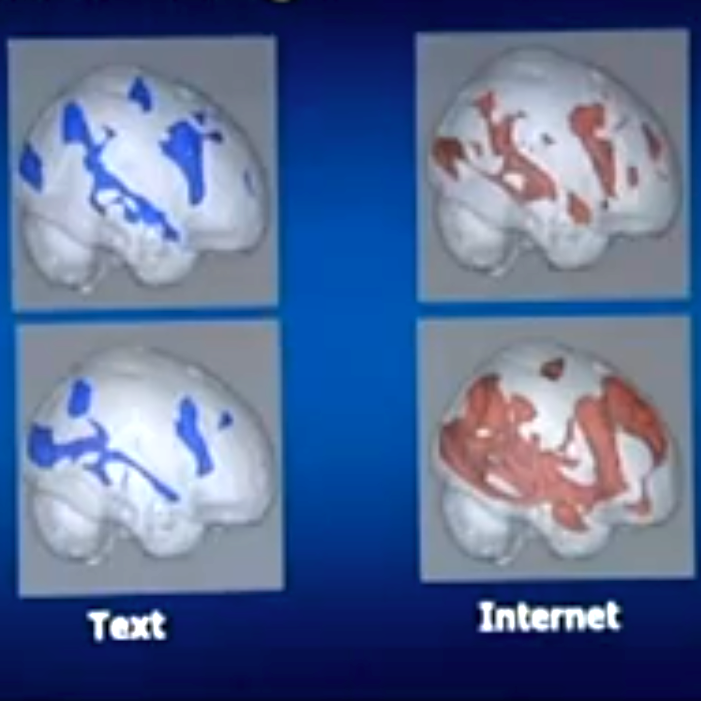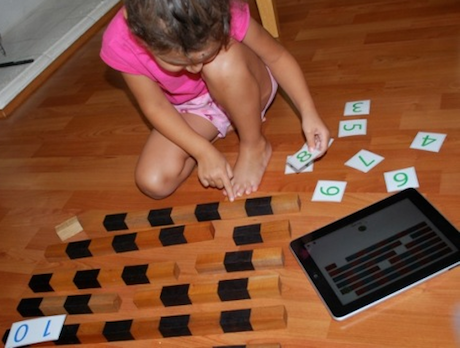“Imperfection is beauty, madness is genius and it’s better to be absolutely ridiculous than absolutely boring.” (Marilyn Monroe)

In a technical sense a glitch is the unexpected result of a malfunction. The term is thought to derive from the German glitschig, meaning ‘slippery.’ Glitches are mostly a result of miscommunication or mistranslation when transferring data in software, video games, images, video and audio. The term glitch came to be associated with music and visual arts in the mid 1990s to describe a general aesthetic of the digital age.
Iman Moradi, the first official glitch theorist, has written extensively on the subject of glitch art beginning with his dissertation for the University of Huddersfield (PDF) until the publication of his recently released book Glitch: Designing Imperfections.
Moradi divides glitch art in two categories: The first is the pure glitch which is the result of a malfunction or error, an unpremeditated digital artifact. The second is the glitch-alike which is the result of an intentional decision on the user side.
All those who didn’t see the beauty in category one glitches yet should definitely consider reading this eye-opening book to brighten up their life: losing all the data on your hard drive eventually becomes art next time.

All category two artists trying to create there first own glitches should open WordPad on a Windows PC and follow stAllio’s short introduction.
Related post: IOgraph – Everyone is an artist





